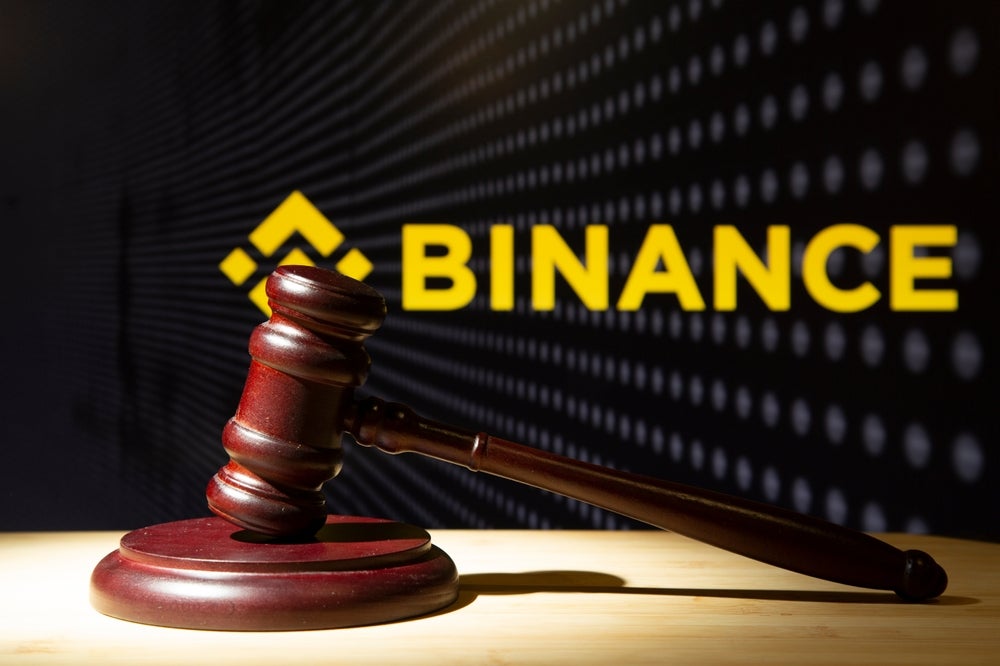The conventional credit card encounters fundamental problems under
Sharia law. The credit card concept is unacceptable under the
principle of riba (interest). Another objection is gain based on
promoting irresponsible customer debt and consumerism.
A card issuer faces two key issues: first, little revenue will be
generated if it cannot charge interest on outstanding balances; and
second, for an Islamic bank, the extension of credit in order to
make profit is unacceptable in religious terms. Despite these
issues, the Islamic credit card market is booming, driven by
economic factors, provider business requirements and consumer
demand.
So, can a credit card ever be halal? Despite what appears to be a
black-and-white position, various shades of grey in the
interpretation of Sharia law have enabled products to emerge.
Typically, an Islamic credit card is constructed so that the
financial institution does not benefit from any penalty charged on
late payment of an outstanding balance. In some cases, banks allow
customers to delay the payment of their outstanding balance. In
other instances, the revenue generated from the imposition of a fee
is donated to charity. Some players have attempted to retain a
portion of late fees on account of payment recovery costs from the
customer.
A key contention is whether fixed or variable fees should be
charged to the customer. Sharia scholars impose a restriction on
the derivation of financial benefit from cash lending that is
proportionate to the amount withdrawn; therefore most
Sharia-compliant credit card products charge a fixed fee on their
cash withdrawal service regardless of amount.

US Tariffs are shifting - will you react or anticipate?
Don’t let policy changes catch you off guard. Stay proactive with real-time data and expert analysis.
By GlobalDataAll Sharia-compliant cards restrict customer usage to permissible
activities. This involves blocking certain transactions and
merchants considered to be undertaking prohibited (haram)
activities, typically liquor, gambling and pornography.
Types of Islamic credit card
Sharia-compliant credit cards can be broadly split into
five different models.
Fixed fee on card subscription This model allows deferred payment
on outstanding amounts for a longer period and staggers payments in
equal instalments. The bank charges a fixed subscription fee to
provide this facility. The customer is principally charged for
usage of the whole package and not for the provision of a credit
facility. Kuwait Finance House in Kuwait, Arab National Bank in
Saudi Arabia, Emirates Islamic Bank and ABC Islamic in Bahrain
offer cards based on this model.
Fixed fee on revolving facility Sharjah Islamic Bank and other
banks allow customers to revolve outstanding debt and charge a
fixed fee once the customer has started using this facility. The
bank charges a processing fee if the customer defers payment of the
outstanding balance after the due date to the next payment cycle.
This model is less acceptable to Sharia scholars who see banks
benefiting from a credit facility to the customer.
Fixed mark-up on credit limit Some players, such as Abu Dhabi
Islamic Bank, charge a fixed mark-up on the credit limit provided
to the customer on a credit card. The mark-up rate is agreed by
bank and customer when the card is issued. It is carried out by
executing a tawarruq (settlement of outstanding liabilities)
transaction by which the customer is offered the credit facility.
The bank reimburses the mark-up to the customer on the unused
credit facility.
Variable mark-up on revolving balance National Commercial Bank
(NCB), SAMBA in Saudi Arabia, Bank Islam Malaysia and Arab Malaysia
Bank offer credit cards based on the variable mark-up structure.
The bank’s charges are proportionate to the value of outstanding
credit rolled over by the customer. The products offered by Bank
Islam Malaysia and Arab Malaysia Bank are based on bai al inah
(sale and buy-back agreement); the buy-back agreement allows the
bank to assume ownership over the asset in order to protect against
default without explicitly charging interest in the event of late
payments or insolvency. Products offered by NCB and SAMBA are based
on a tawarruq transaction. In both types of product, the underlying
transaction is executed whenever the customer rolls over
outstanding credit to the next payment cycle. These products are
highly controversial, being perceived as too similar to a
conventional card.
Fixed mark-up on point of sale transactions Shamil Bank and other
banks offer a credit card facility that lets customers defer their
outstanding balance at the end of the payment cycle. The customer
is offered the facility to stagger the payment over a period of 12
months. The bank charges a fixed fee proportionate to the
transaction value at the time of purchase.
Key growth drivers
Sharia-compliant credit cards are being supported by a section of
the Islamic banking industry as a way to shift assets, as well as
customers’ business, from conventional banking to Sharia-compliant
banking. They argue that the Islamic banking industry needs to be
supported against the stronger conventional banking industry.
Customer demand for Sharia-compliant credit cards is driven by the
fact that for many transactions there is no viable alternative
payment mechanism.
From the business perspective, credit cards are a good customer
acquisition tool. Issuers have become particularly interested in
Sharia-compliant cards, as the cards allow them to access a new
segment of customers and thus a new revenue stream.
Both Islamic banks and conventional players are eager to capitalise
on the higher profit margins compared to those in other consumer
finance businesses.
Challenges
One of the major weaknesses of Sharia-compliant credit cards is
their perceived lack of differentiation from conventional
products.
For issuers, the inability of the credit card company to benefit
from late fee charges in cases of delinquency reduces risk-adjusted
return as the Sharia-compliant credit card provider is required to
either waive or give away any late payment charges to charity. The
flat fee model also encourages the customer to use the card to
borrow cash, resulting in loss of interchange fees for the
bank.







